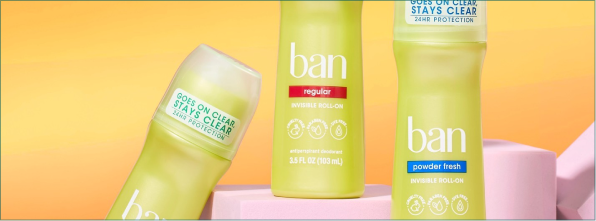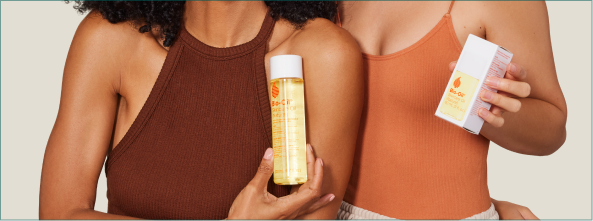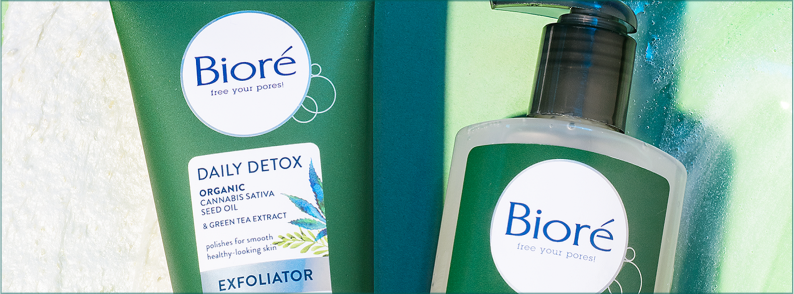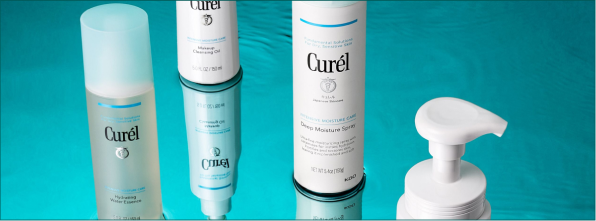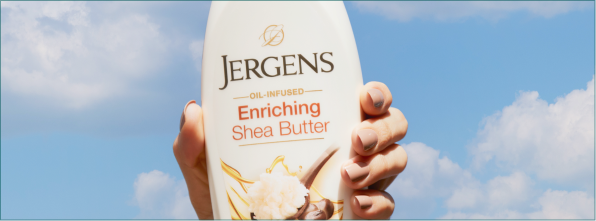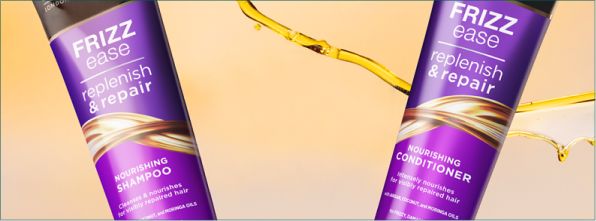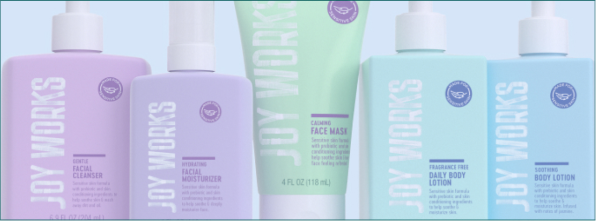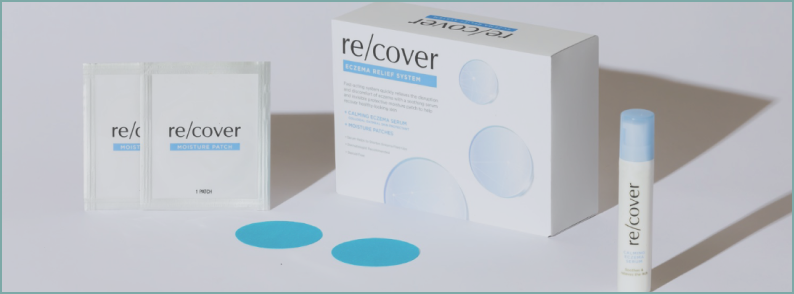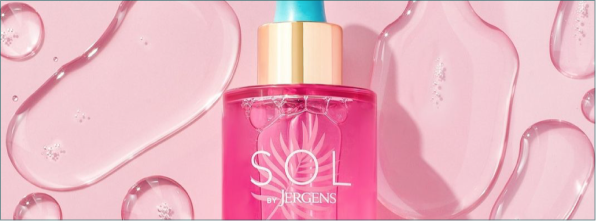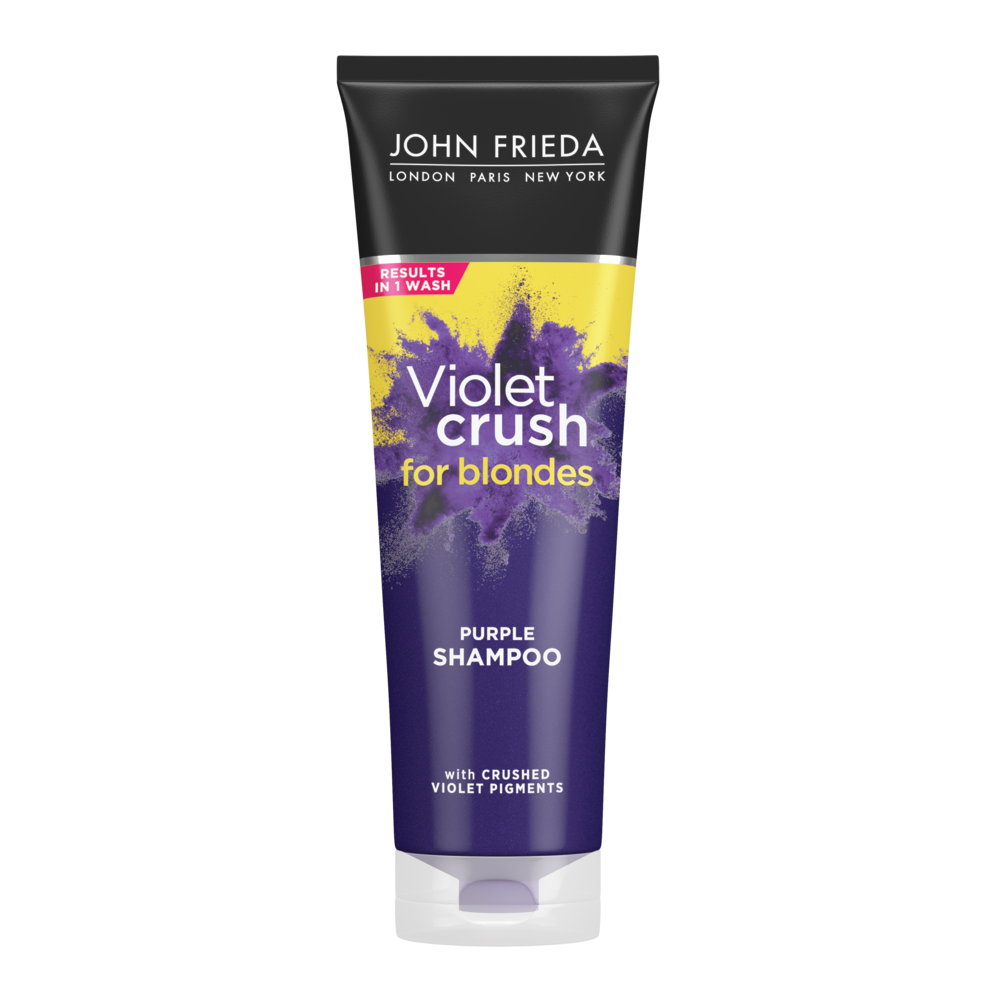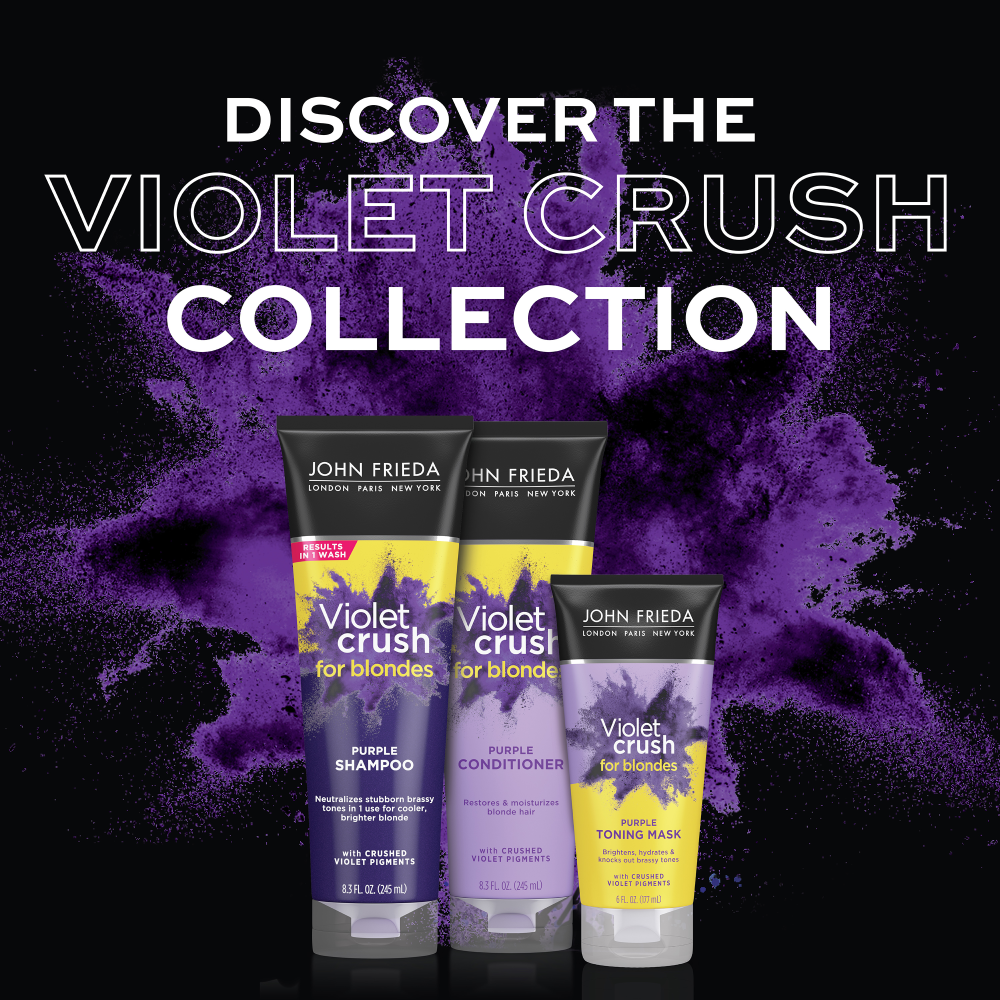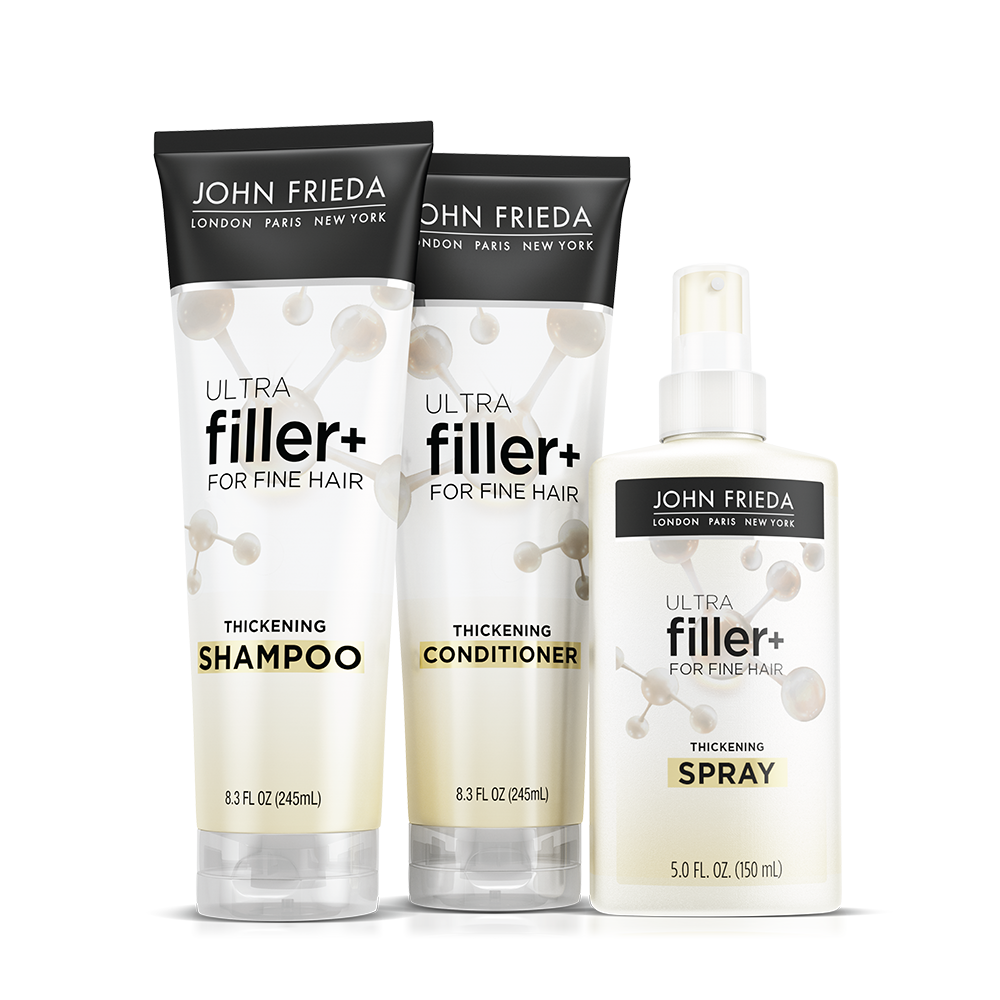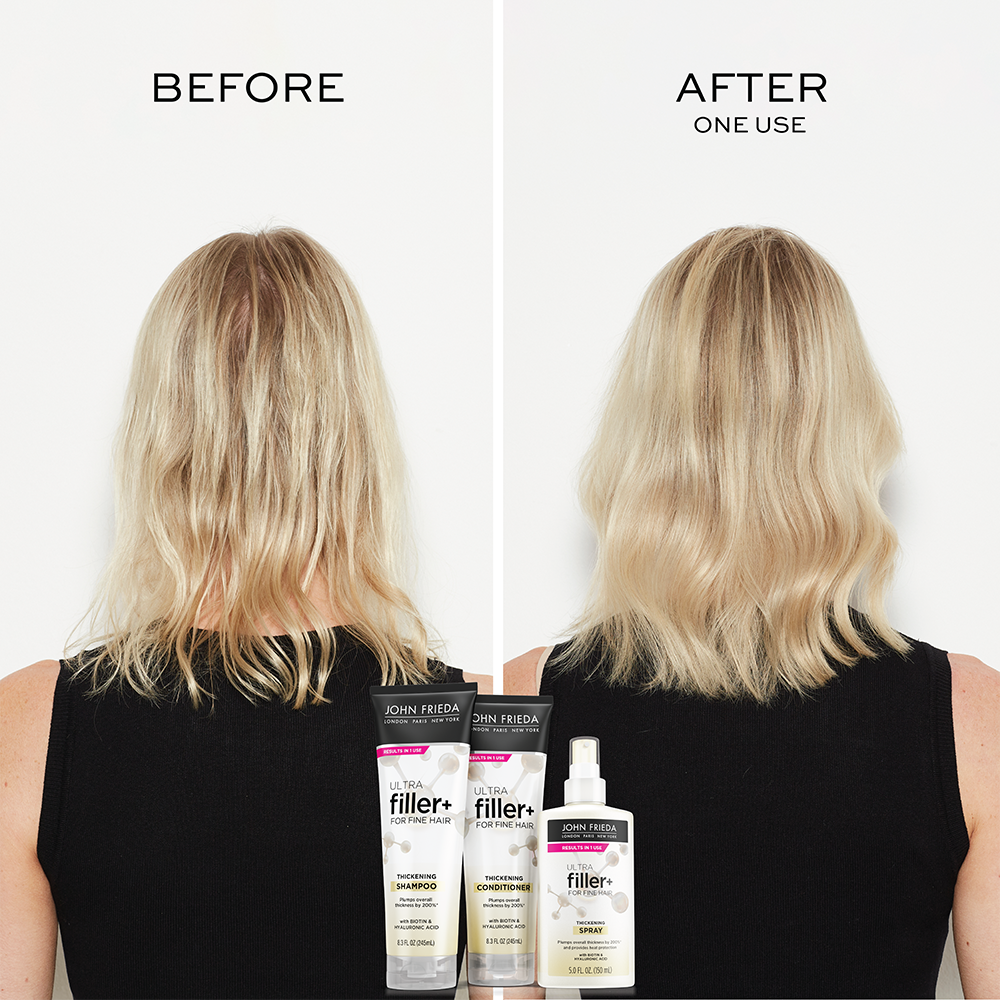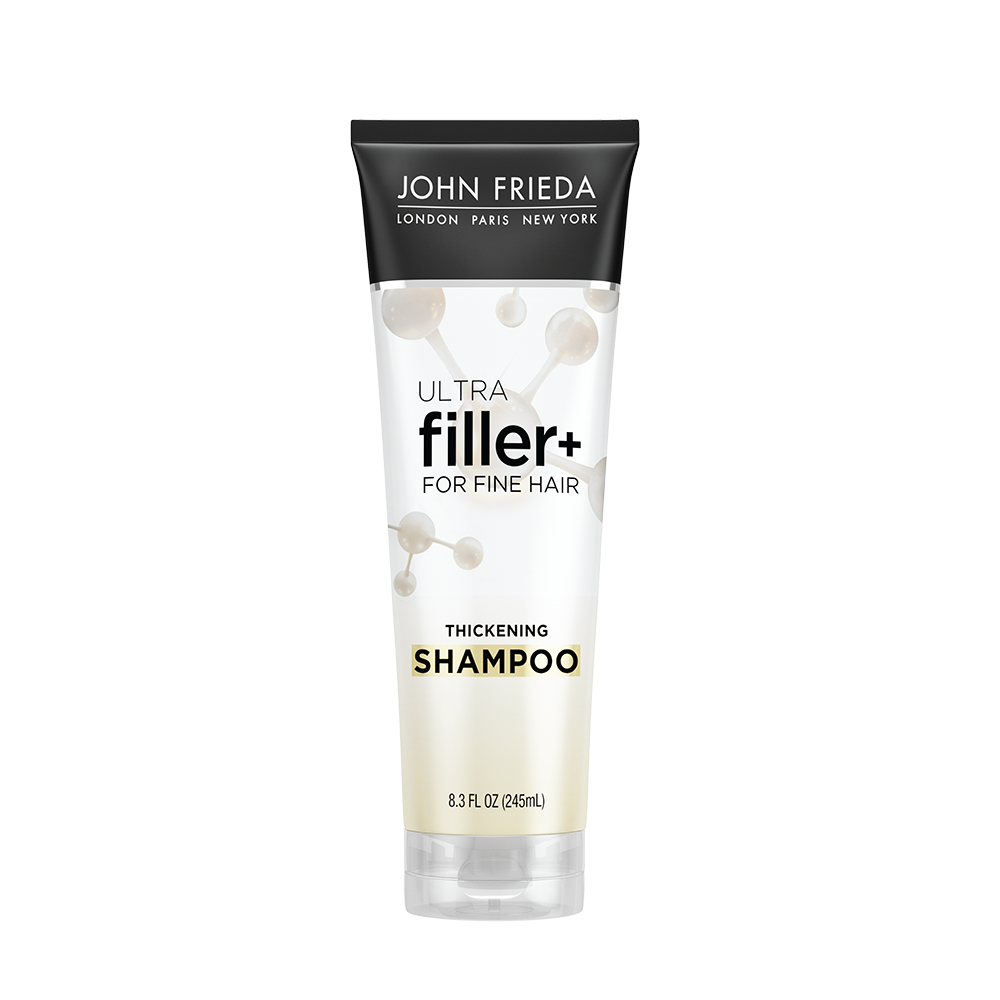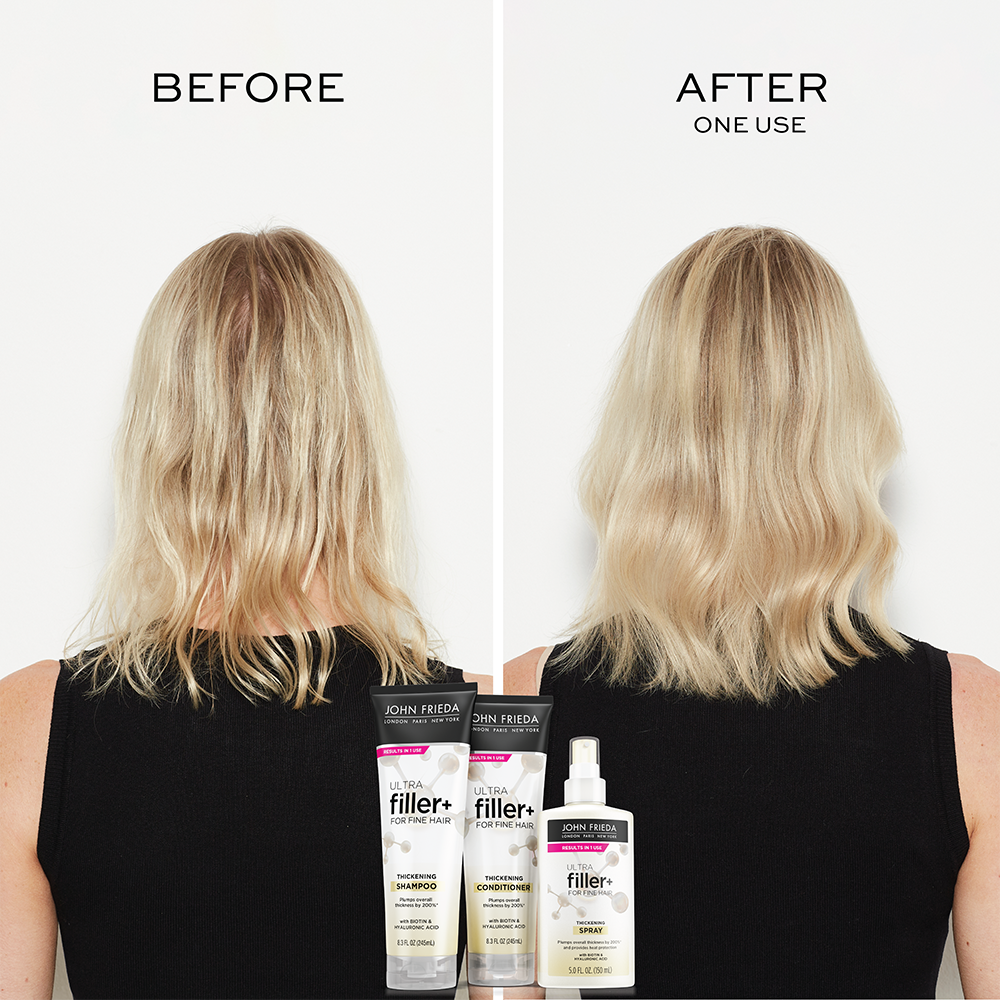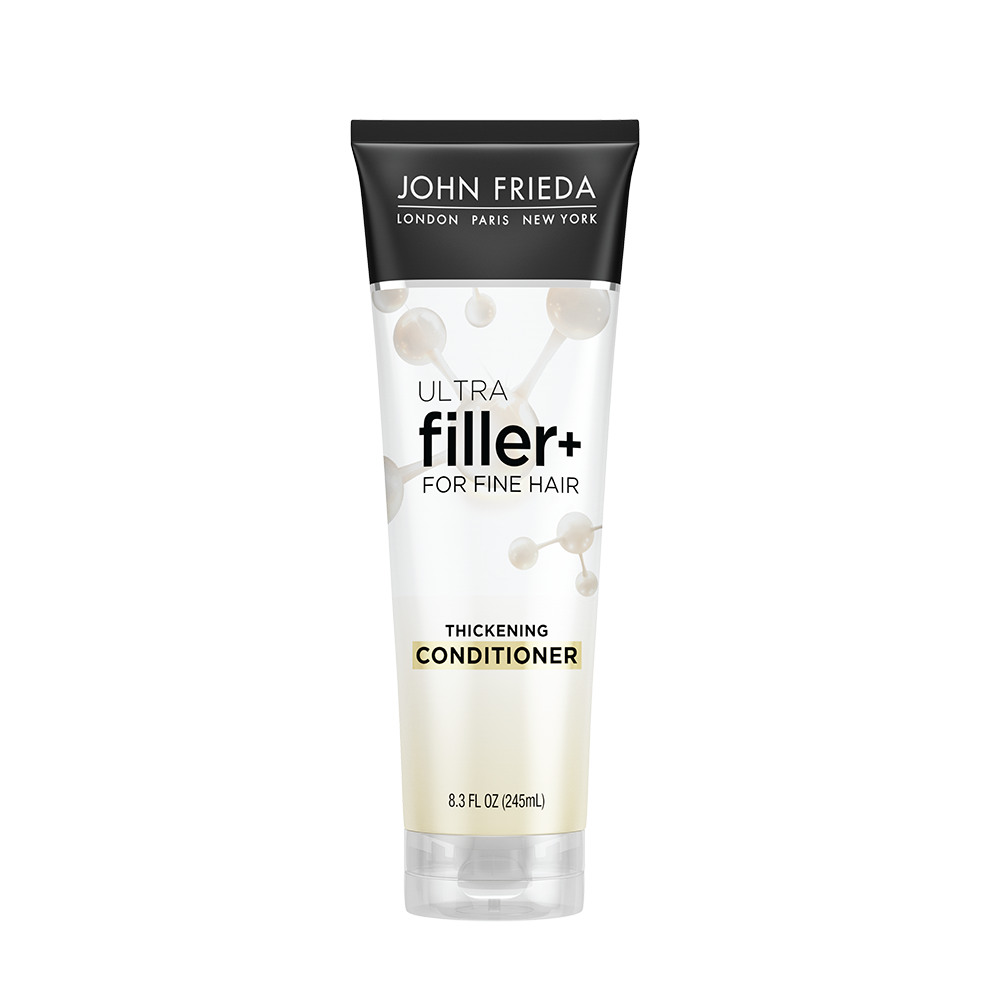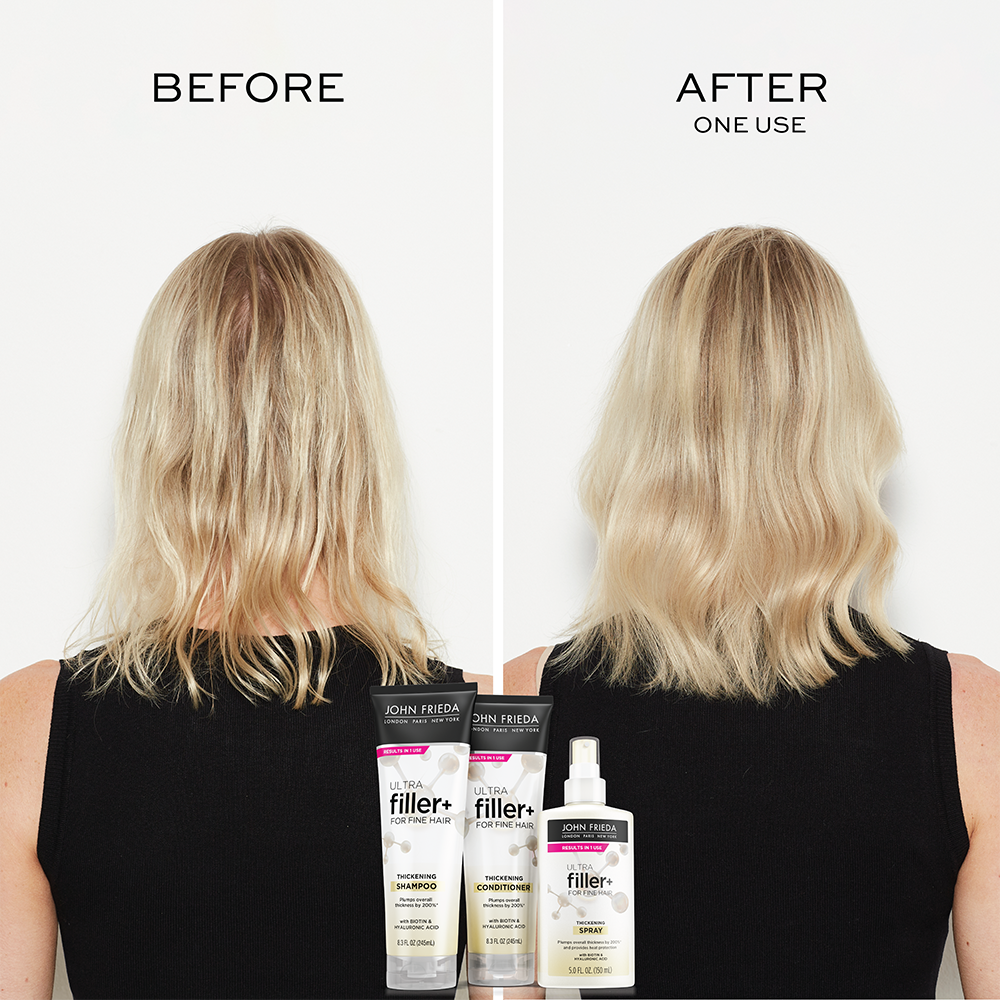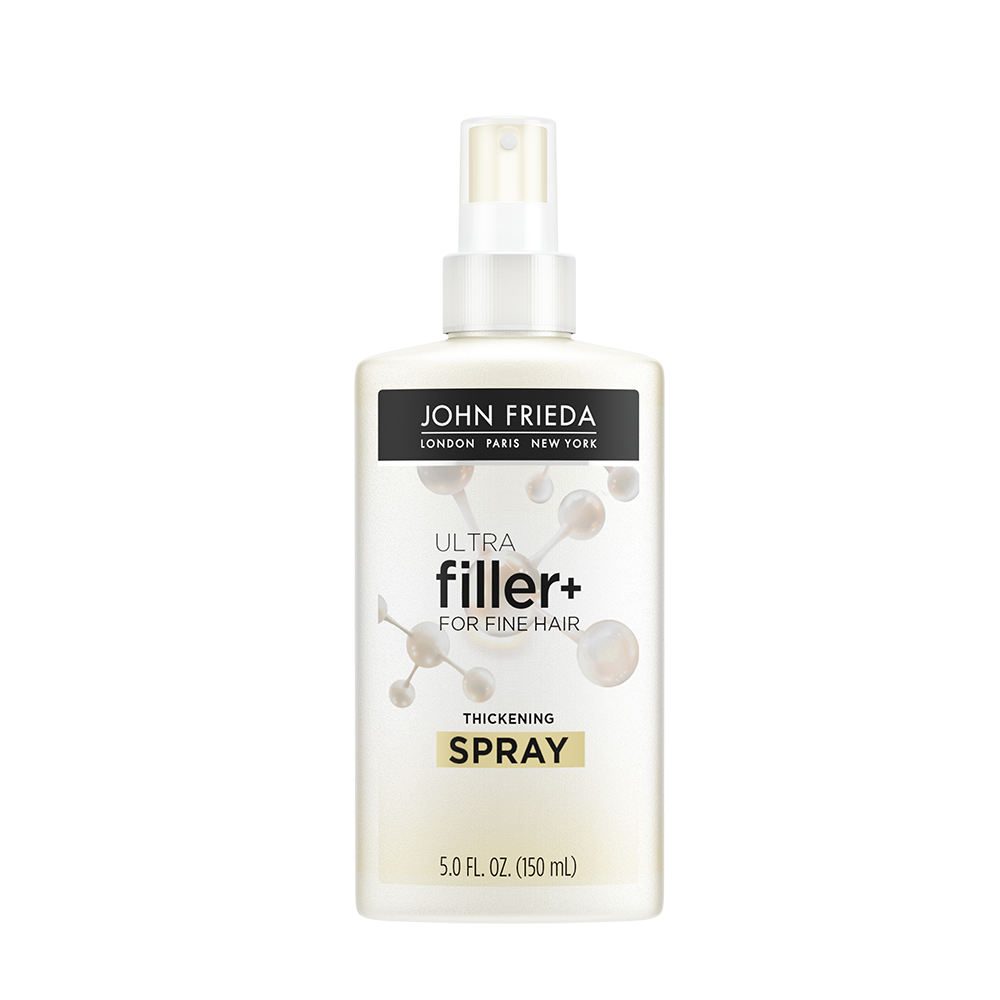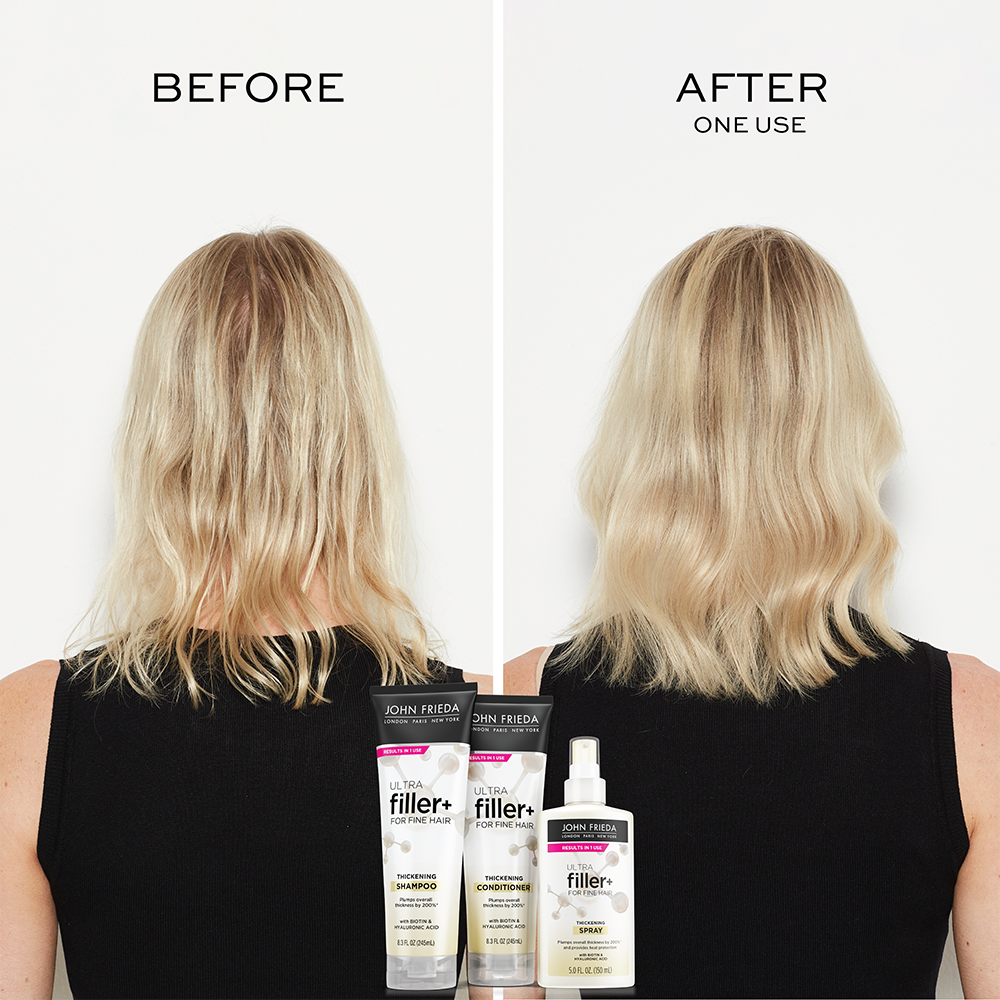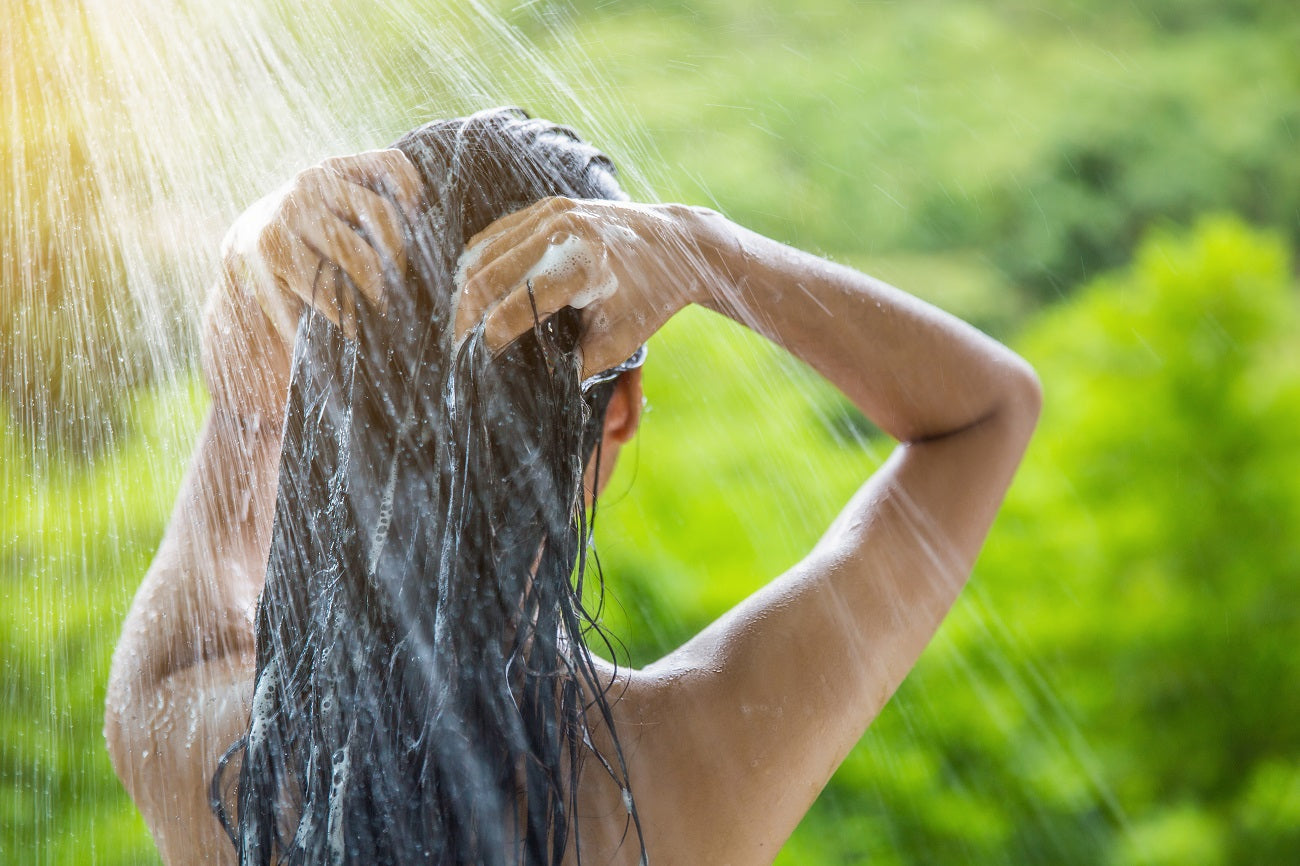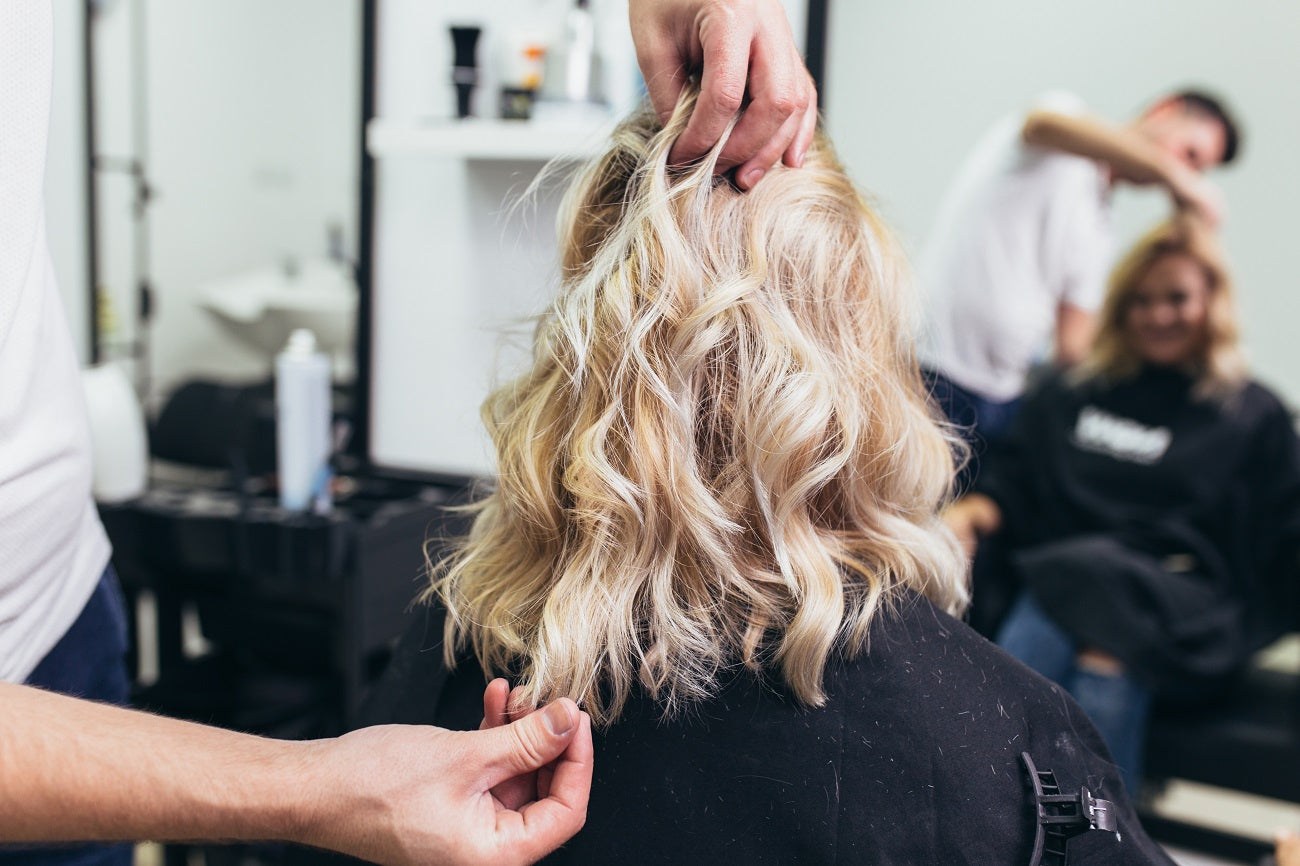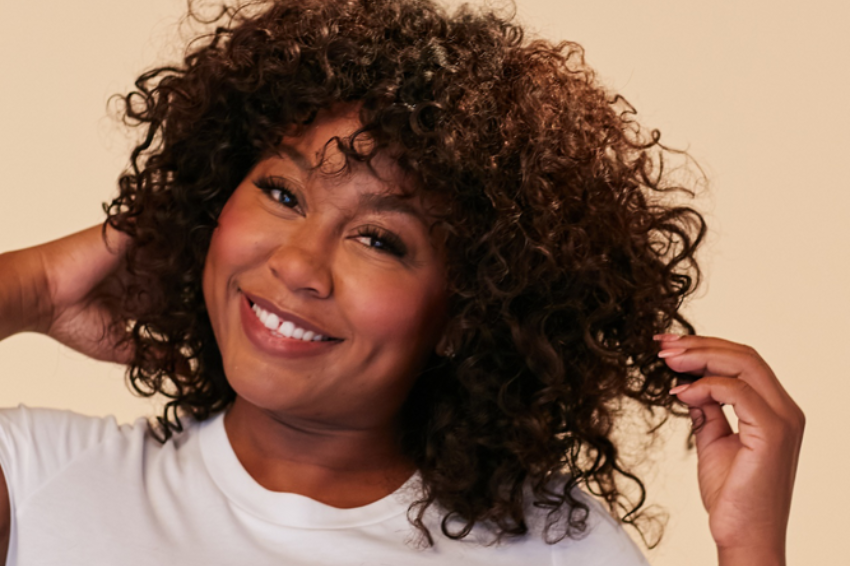BALAYAGE VS HIGHLIGHTS: WHAT'S THE DIFFERENCE?

Balayage vs. highlights. There’s a subtle distinction between these two hair-lightening effects, and it’s all in the technique. If you’ve never heard of balayage, fear not. We’ll delve into the differences between balayage and highlights so that you can decide which color technique you want to try to get the look you crave.
What is Balayage?
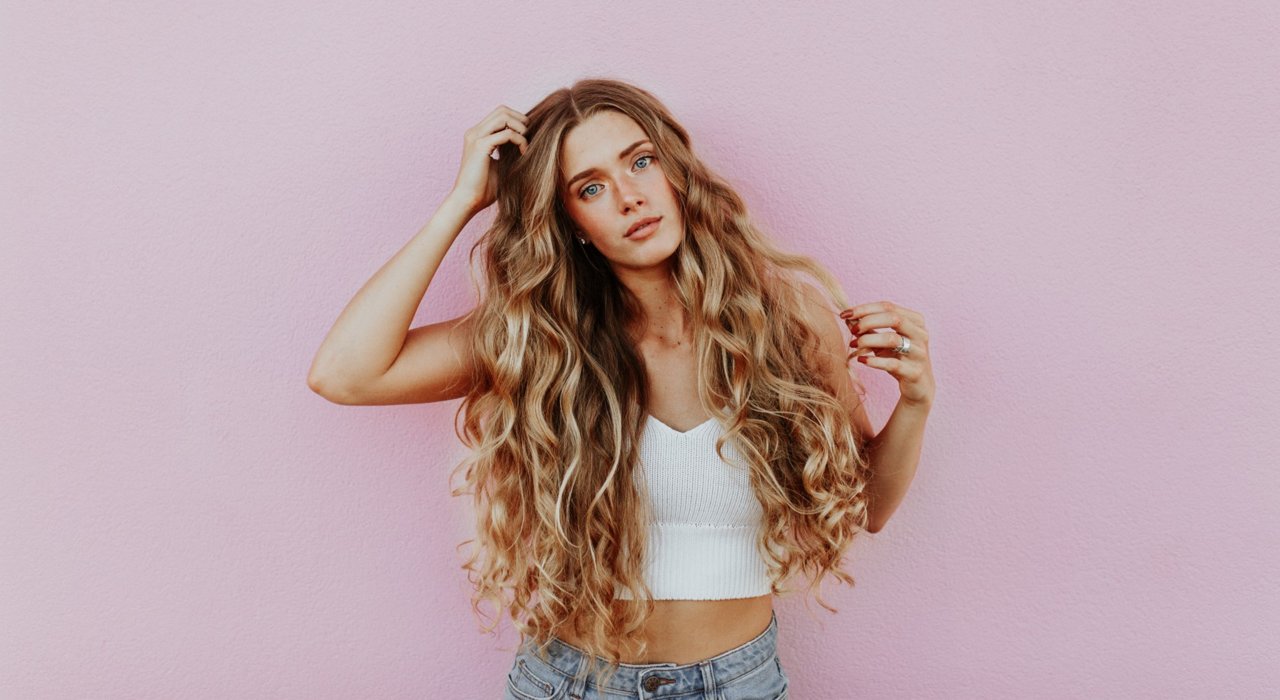
Balayage is a French word that means “to sweep.” In this hair color technique, highlights are hand-painted or “swept” on the surface of random sections of hair. Dye or lightener is usually painted on, starting midshaft and becoming denser as it moves down the section of hair to the ends. Because the color is swept onto the surface of the hair, the effect is a natural sun-kissed glow that is not as strictly patterned as normal highlights.
Contrary to a common misconception, balayage is not a look itself. It’s a technique, where the process of adding highlights is done without foil like traditional highlights. It is often compared to the natural effect of the ombre style.
Balayage can be applied as a full balayage throughout all of your hair to give you the lighter look all-around without needing to maintain inevitable root grow-out as you would for other lightening methods. It can also be done as a partial, or mini, balayage, such as only around the face or upper area of your hair.
Shop Violet Crush Shampoo
Balayage highlights are usually just a few shades lighter than your base color, giving your locks natural depth and dimension. It blends so seamlessly into your natural color that balayage is easy to maintain with the right products and techniques.
In this hair color technique, highlights are hand-painted or “swept” on the surface of random sections of hair. Dye or lightener is usually painted on, starting midshaft and becominges denser as it moves down the section of hair to the ends.
What's the Difference Between Balayage and Highlights?

Traditional highlighting is the more conventional way to lighten and add depth to your ‘do. While balayage is created by sweeping color onto the surface of hair, highlights are added using aluminum foil to help saturate precise strands of hair. In this technique, strands of hair are sectioned out by weaving a pick through small subsections and wrapping the separated strands in foil.
And though balayage begins midshaft, highlights are usually done from root to tip for a more pronounced contrast between the lightened strands and your base color. Highlights follow a more structured pattern than balayage and will need to be touched up more often to combat that obvious root grow-out look.
...highlights are added using aluminum foil to help saturate precise strands of hair.
There are also different types of highlights, from babylights that are more subtle than full highlights to lowlights that can add more dimension and complexity to your hair.
The main difference between balayage and highlights is that highlights use foil while balayage does not, resulting in different hair coloring effects. This chart helps you break down the differences between balayage and highlights so that you can choose which is the best fit for your hair.
| Balayage | Highlights | |
|---|---|---|
| Technique |
|
|
| Results |
|
|
| Maintenance |
|
|
Should I Try Balayage or Highlights?
When it comes to balayage vs. highlights, it really comes down to what look you’re going for.
Balayage creates a natural, sunlit dimension that gives your mane that “I just came back from the beach” vibe girls everywhere swoon over. If you want a more structured, tonal do, it’s best to go the traditional foil highlights route.
Both options, however, will help you add a beautiful dimension to your hair. This chart helps you break down the differences between balayage and highlights so that you can choose which is the best fit for your hair.
How to Keep Your Balayage or Highlights Healthy
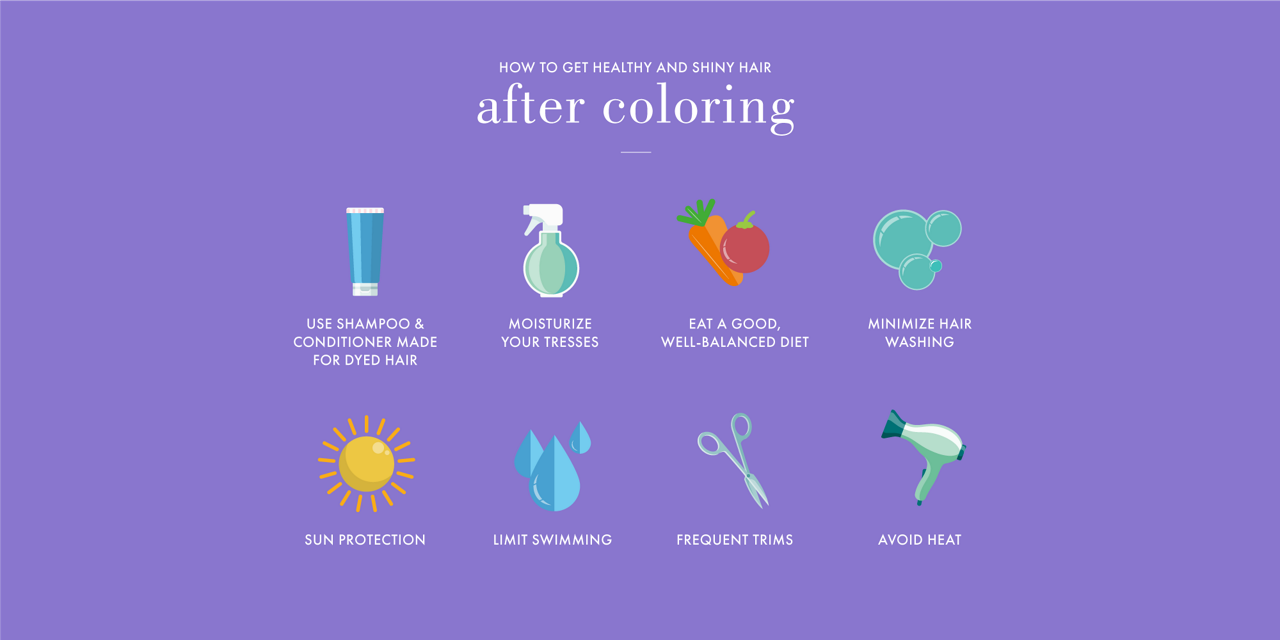
Whether you choose a subtle, shimmery balayage or traditional foil highlights, both can be damaging to those lovely locks if they aren't properly cared for. Keep that new ‘do looking healthy and lustrous with products that are specially formulated to strengthen and protect colored hair.
Use a hair mask for blonde hair to protect lightened locks from further damage. Seeing red, orange, or brassy tones in your new highlights? Try a purple shampoo to help neutralize warm tones in blonde hair.
More products for hair with highlights includes shampoos for highlights and conditioners for lighter and darker blonde highlights.
Need more help choosing between balayage, highlights, and other hair colors? See even more beautiful John Frieda blonde hair ideas here.
